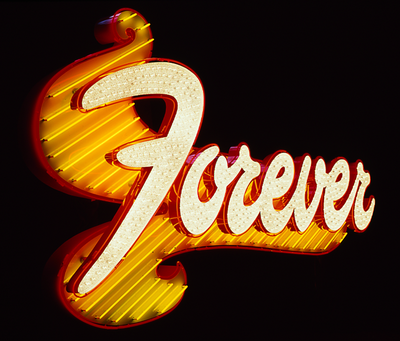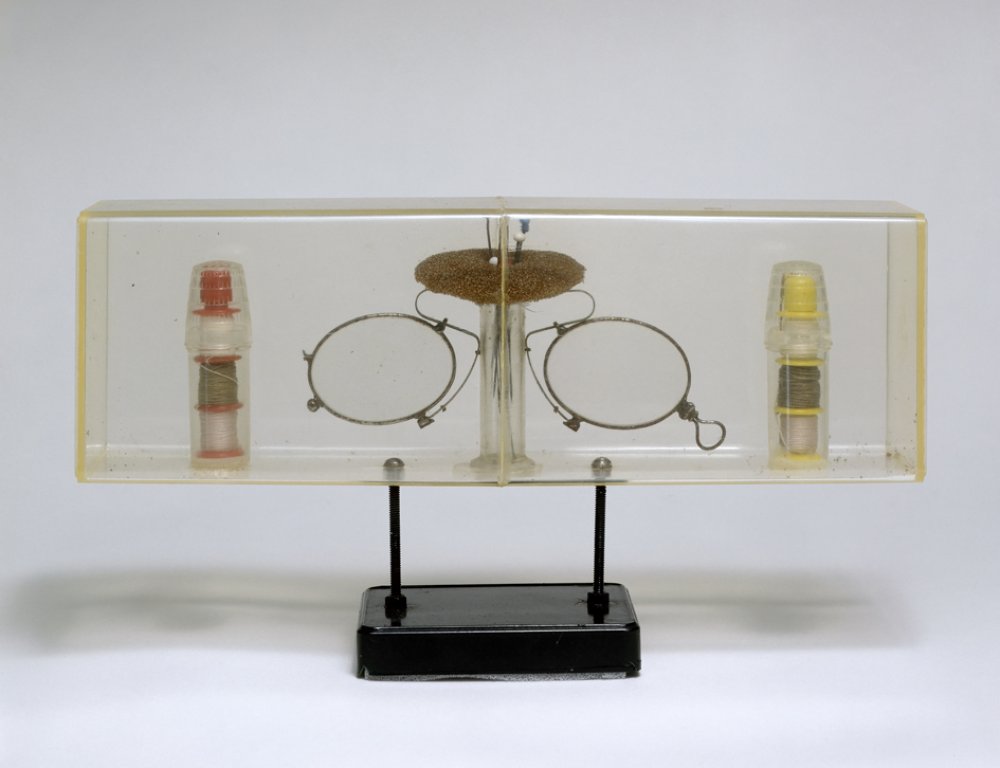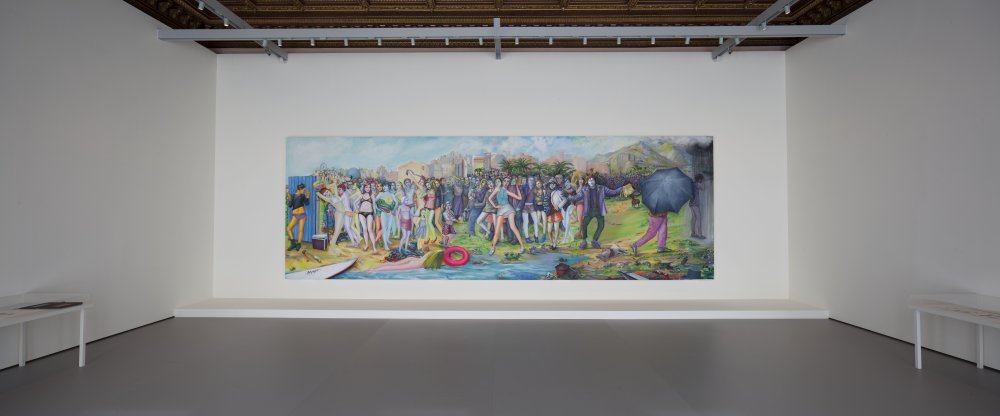Le rêve
Spray paint and acrylic on xerography pasted on panel, plastic elements (a rose with painted petals, three letters, a spider) and white neon.
18 1/2 x 38 3/16 x 5 1/2 in
Martial Raysse's Le Rêve presents the uniformly bright pink face of a stranger whose name, on account of a misspelling, is Eve. As a witness to a rapidly expanding consumer society, Raysse delivers the symbol of a feminine ideal as it was displayed in advertising and magazines at the turn of the 1960s. From 1961 onwards, the artist developed a singular aesthetic of figuration, using the theme of the woman and the tools of her groomin. As an emblematic work from the crucial period of his career, Le Rêve reflects Raysse's desire to exalt the joie de vivre and the evasion of the "leisure society".
Among the Nouveau Realisme artists, Martial Raysse is the only artist who share techniques with Pop Art. In Raysse’s Le Rêve, executed in 1963, the woman depicted seems to echo another woman with a beauty mark over her lips - Marilyn, which Warhol created only a few months earlier. In contrast to Warhol, who played on the visual power of the celebrity's face, Raysse kept the model anonymous by presenting only a fragment of her face.
The outward exuberance hides a critical distance and Raysse’s desire to disrupt the image: the beauty spot becomes a spider, a morbid flower decorates an Ingres-like neck. In reviving the Surrealist codes here, Raysse takes his exploration of artifice and the consumerist dream to the boundary between approbation and opprobrium.
This work was first presented by the Pinault Collection in the exhibition « Forever Sixties » at the Couvent des Jacobins in Rennes (2023).

© Martial Raysse, ADAGP, Paris 2020
Martial RAYSSE
Le Rêve, 1963





























